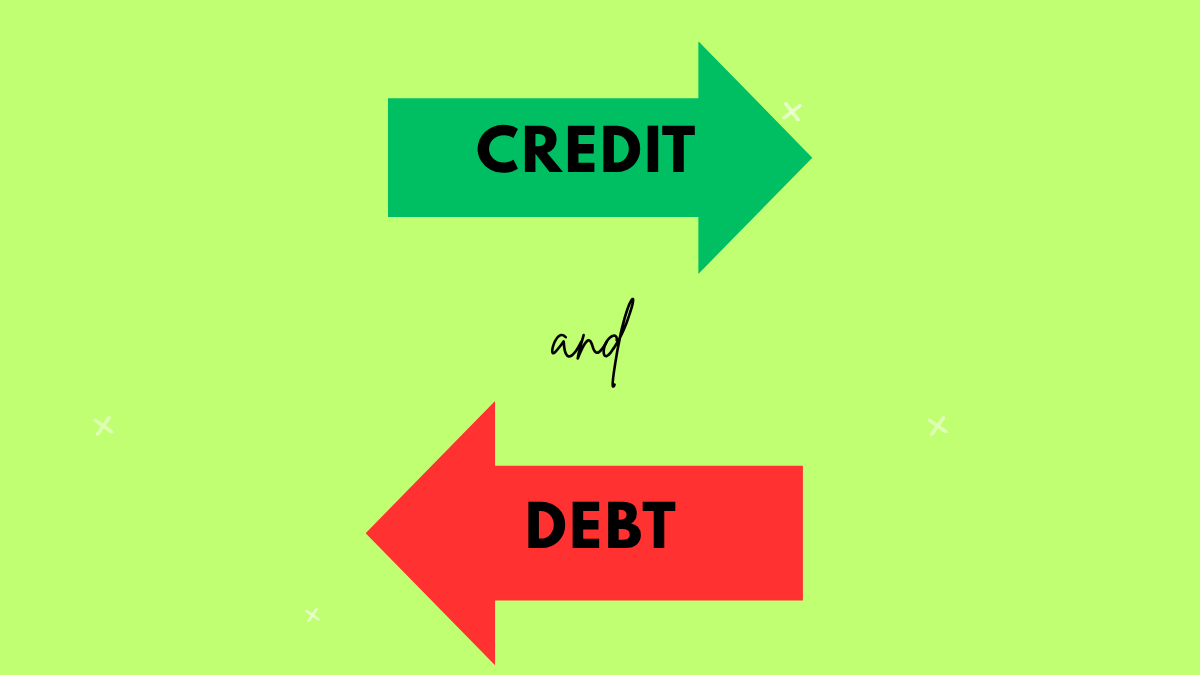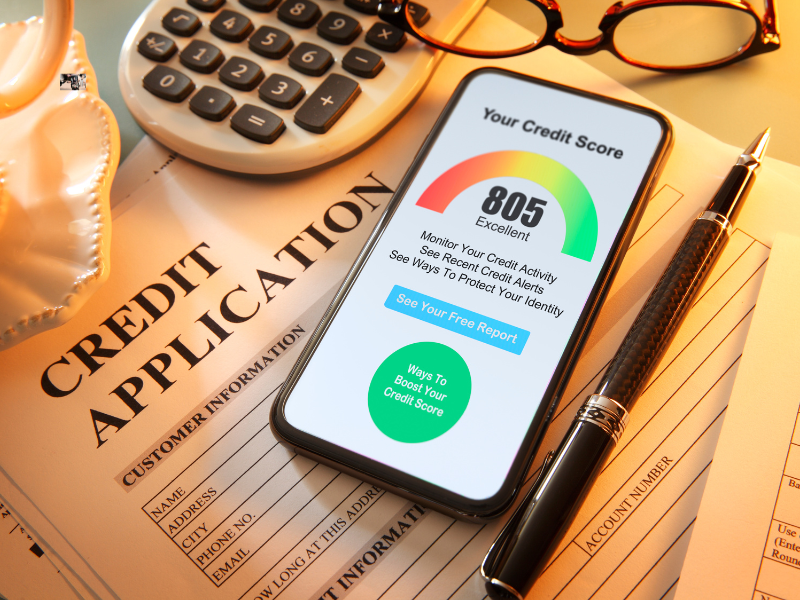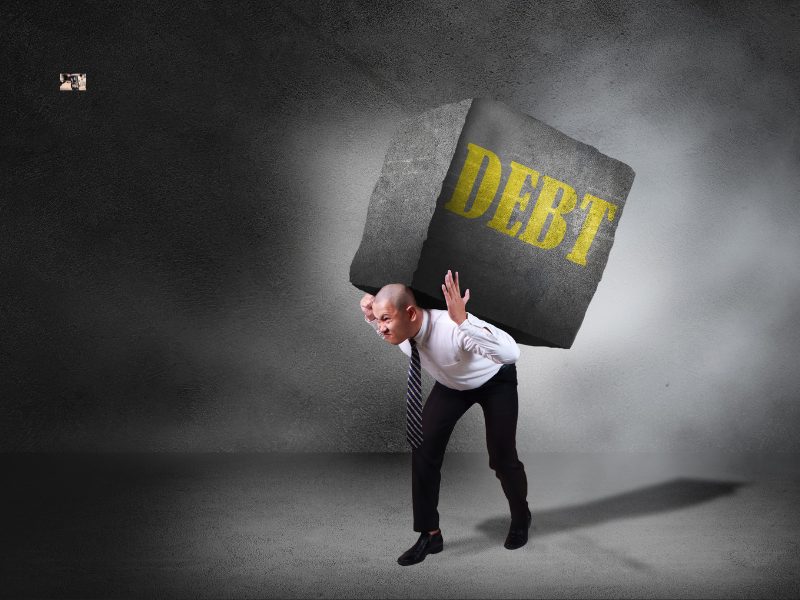Physical Address
304 North Cardinal St.
Dorchester Center, MA 02124
Physical Address
304 North Cardinal St.
Dorchester Center, MA 02124

When it comes to personal finance, understanding credit and debt is key to building a secure financial future. These two pillars can either support your goals or weigh you down—depending on how you manage them.
In this guide, we’ll explore how credit works, the types of debt people commonly face, and how to use both strategically. Whether you’re rebuilding your financial life or just getting started, this page will help you make confident decisions.

Credit is the ability to borrow money with the promise to repay it later, often with interest. It can come in many forms, including credit cards, personal loans, and lines of credit. Used wisely, credit can open doors: helping you rent an apartment, finance a car, or even get a mortgage.
A few key components of credit:
Building good credit takes time, but it starts with paying your bills on time, keeping your balances low, and avoiding unnecessary loans.
There are two main types of credit:
Each type impacts your credit profile differently. Revolving accounts can hurt your credit if balances remain high, while installment loans can help improve your score when managed well.
Debt is the money you owe to lenders or creditors. It’s what accumulates when you don’t pay off your full credit balance, or when you take out loans you must repay over time.
Not all debt is bad. For example, a mortgage or student loan can be considered productive debt because it supports long-term goals. But bad debt, like high-interest credit card debt, can drag you into financial trouble if left unchecked.
Managing debt is about understanding the terms of your obligations and creating a repayment plan that fits your budget.

Common forms of debt include:
Knowing which debts to prioritize is essential. Focus on paying off high-interest accounts first while maintaining minimum payments on others.
Credit and debt are connected. Your use of credit determines how much debt you have, and how you manage that debt affects your credit.
For instance:
Smart financial planning means knowing how to use credit while keeping debt manageable.
By using these strategies, you’ll not only reduce what you owe but also boost your creditworthiness.
These behaviors can trap you in a cycle of growing debt and shrinking credit options.
Mastering credit and debt isn’t about never borrowing money, it’s about knowing when and how to do it. With responsible credit use and a realistic plan for managing debt, you can stay in control of your finances and reach your goals.